Darkfield Microscopy of Chardonnay, Sauvignon Blanc, Chivas Regal and Beer
After examining water from different sources, I turned to testing my favorite Californian Chardonnay, Sauvignon Blanc from Chile, Chivas Regal Scotch Whiskey and Budweiser Beer. The good news is that the Chardonnay and Chivas are the cleanest drinks under the microscope. No hydrogels, no fibers and no bacteria. The Sauvignon Blanc had structures that look like microchips but it turns out they are probably crystals. The Budweiser beer too had some structures that could be hydrogels.
Here is Chardonnay:
The blurry circles are out of focus artifacts baked into the slide. The focus is on the level of the liquid as I could see it flowing. As you can see, there is nothing to be seen in the liquid.
Here is Chivas Regal:
There is absolutely nothing to be seen here. The image below shows few glowing white dots that may be tiny sediments that weren’t filtered out or crystals that formed over time as this bottle has been open sitting in my bar for many years.
Following is what I found in Sauvignon Blanc from Chile.
These structures look like microchips, but they may just be crystals. I found this information about wine crystals:
Most of us have experienced opening what promises to be a phenomenal bottle of wine, only to be surprised by small crystals on the cork or particles suspended in the wine. Don’t panic—those crystals are called tartrates and they are simply a sign of how the wine was made. They are harmless to you and do not affect wine quality. In fact, tartrates in wine often indicate a higher quality wine. Tartrates—also affectionately called “wine diamonds” —are formed from tartaric acid, which is naturally occurring in all wines and provides structure, balance, and flavor.
What are tartrates?
Tartrate crystals, also known as wine crystals, are crystalline deposits of potassium bitartrate that can form in wine during fermentation and aging. Tartrates in wine develop when tartaric acid binds with potassium under cold conditions.
Let’s be geeky for a minute
What is the story with acid in wine? Tartaric acid is one of three main acids found in wine grapes alongside malic and citric acids. Each type of acid plays a key role in the wine production process and contributes different flavors and textures to the end wine. While malic acid does contribute to the aromas of a wine, it is more known for its role during the winemaking process when the winemaker opts to include malolactic fermentation; in this process, the stronger malic acid is converted into the softer, smoother lactic acid. On the other hand, tartaric acid is arguably the most important acid in wine due to the prominent role it plays in maintaining the chemical stability of the wine, the color, and influencing the taste of the finished product.
During the fermentation and barrel aging process, less than half of the tartaric acid present in a wine will settle out and bind with lees, pulp debris, and precipitated tannins and pigments. The majority of the tartaric acid will stay soluble throughout the production process. The remaining tartaric acid in a wine is the primary acid you taste, and is essential to the final mouthfeel and balance, adding an additional layer of complexity to a wine.
The Sauvignon Blanc is definitely of a higher quality than the Chardonnay which could explain why the Chardonnay didn’t have any crystals.
I also examined a Budweiser Beer from a pre-Covid glass bottle. It had some structures in it that might be hydrogels. There were a lot of moving bacteria which is normal for beer. The following images are at 1600x magnification.
In brightfield there were two fibers that don’t look like fungi (Saccharomyces) to make beer. It’s not always possible to determine what we see under a microscope as it doesn’t come with a chemical analysis.
To the delight of many wine and scotch afficionados it seems that wine and scotch are safe to drink in regards to being free of hydrogels. Cheers!
Distilled Water
Some readers asked me to check distilled water. I bought a gallon of the only brand our grocery store had on hand, Crystal and examined it:
It had foreign material in it that really isn’t supposed to be in distilled water. I don’t think they are hydrogels though as there are no active quantum dots inside the structures.
The out of focus circles are etched into the slide. The focus is on the liquid level, not the slide level.
This video below shows a lot of bacteria in the sample. To ensure that there was no contamination from the slide or cover slip, I checked a fresh set of slides and cover slips without any sample just with the oil on the condenser to ensure it wasn’t the oil that was contaminated. They all checked out clean. I redid the test after disinfecting a new slide and cover slip and it again showed bacteria in the sample. It also showed a few very bright dots roaming around which could be larger bacteria. In any case this isn’t water I would want to consume.
I can’t check self made distilled water as I have no equipment to distill water. I also don’t have a “still” to make alcohol (just joking).
Note to readers in the UK: Plaquex therapy will be available in the UK probably by the end of October. The clinic will also be introducing detox treatments for the Covid jabs at a later date. Once the clinic begins offering Plaquex, I will post it on this Substack with the contact information.
Book Store: www.anitabaxasmd.com
Books for UK orders are shipped from the UK, US orders are shipped from the US.
Note about your comments: I read them all and I appreciate your questions and suggestions. Unfortunately, the comments have been taking up more and more of my limited time which is why I decided not to respond to them any more as I’m doing this research besides my regular work (the one that pays the bills), advising the detox clinic (for free) that will open in about a week and taking care of my little sister who has Down Syndrome as well as my household, vegetable and fruit garden.

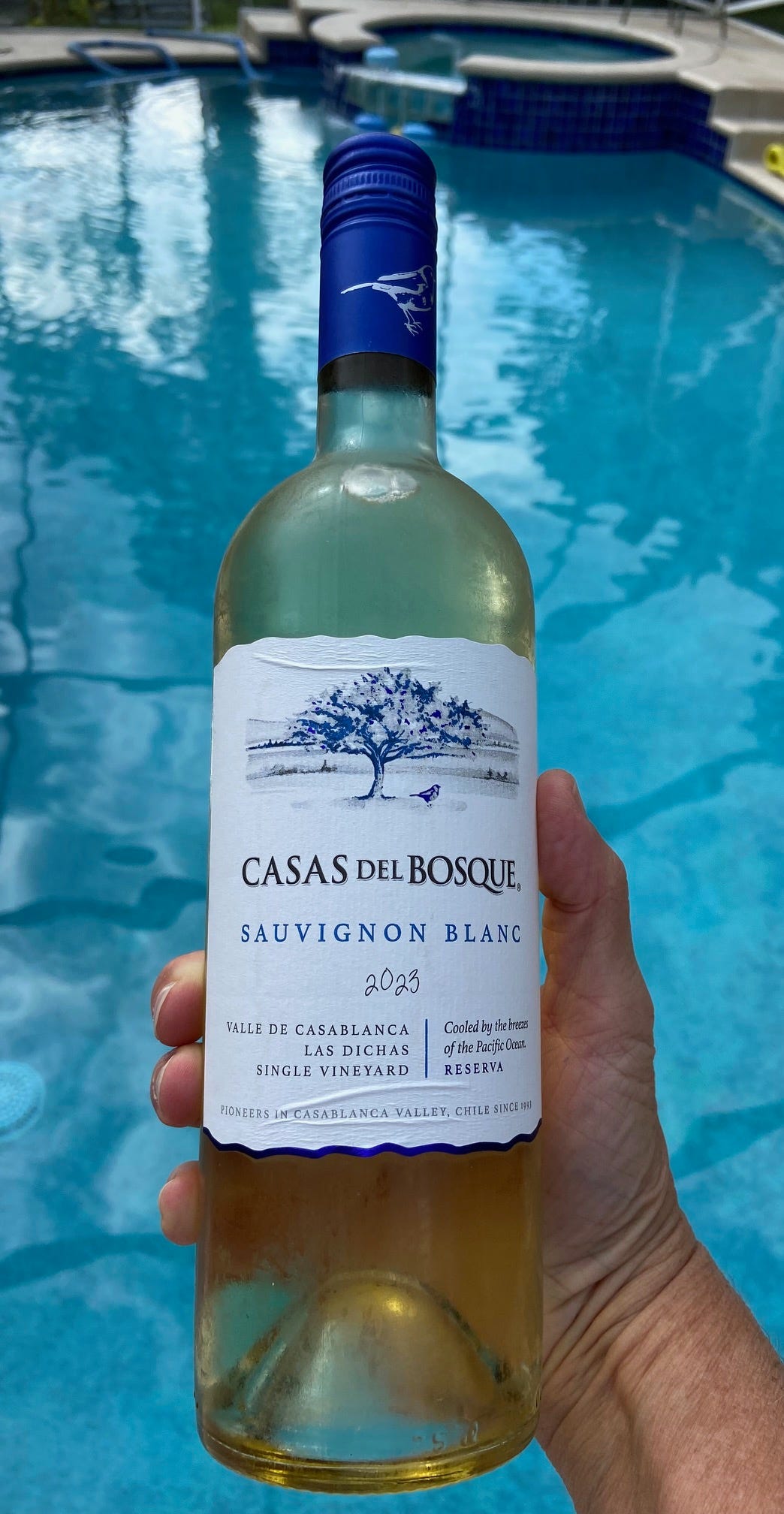
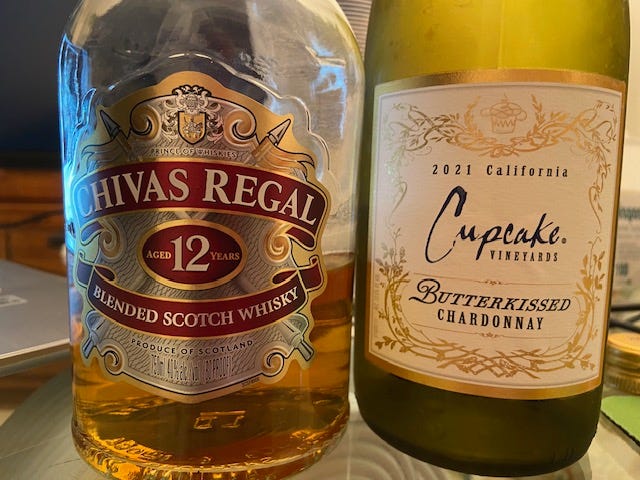
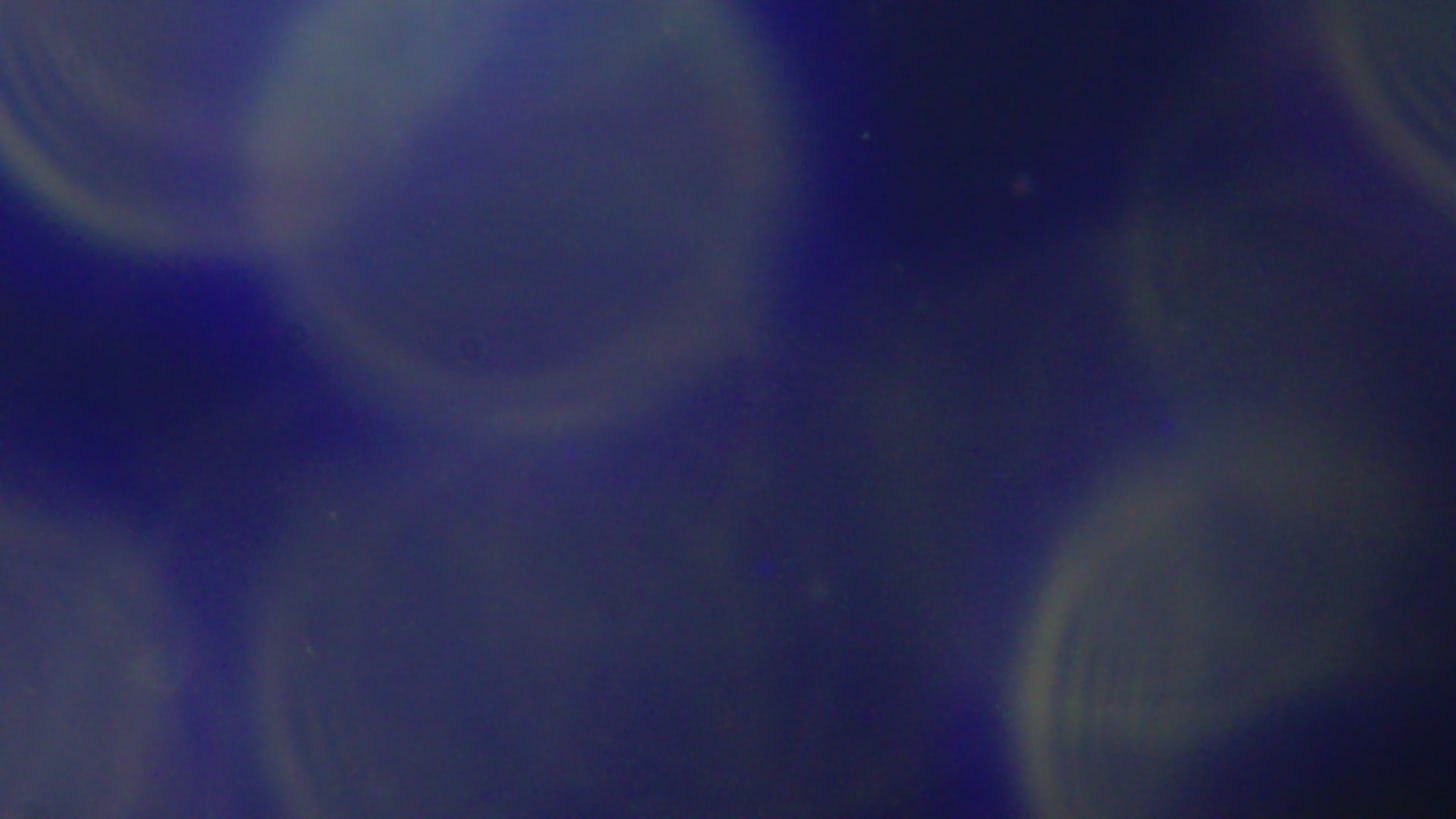
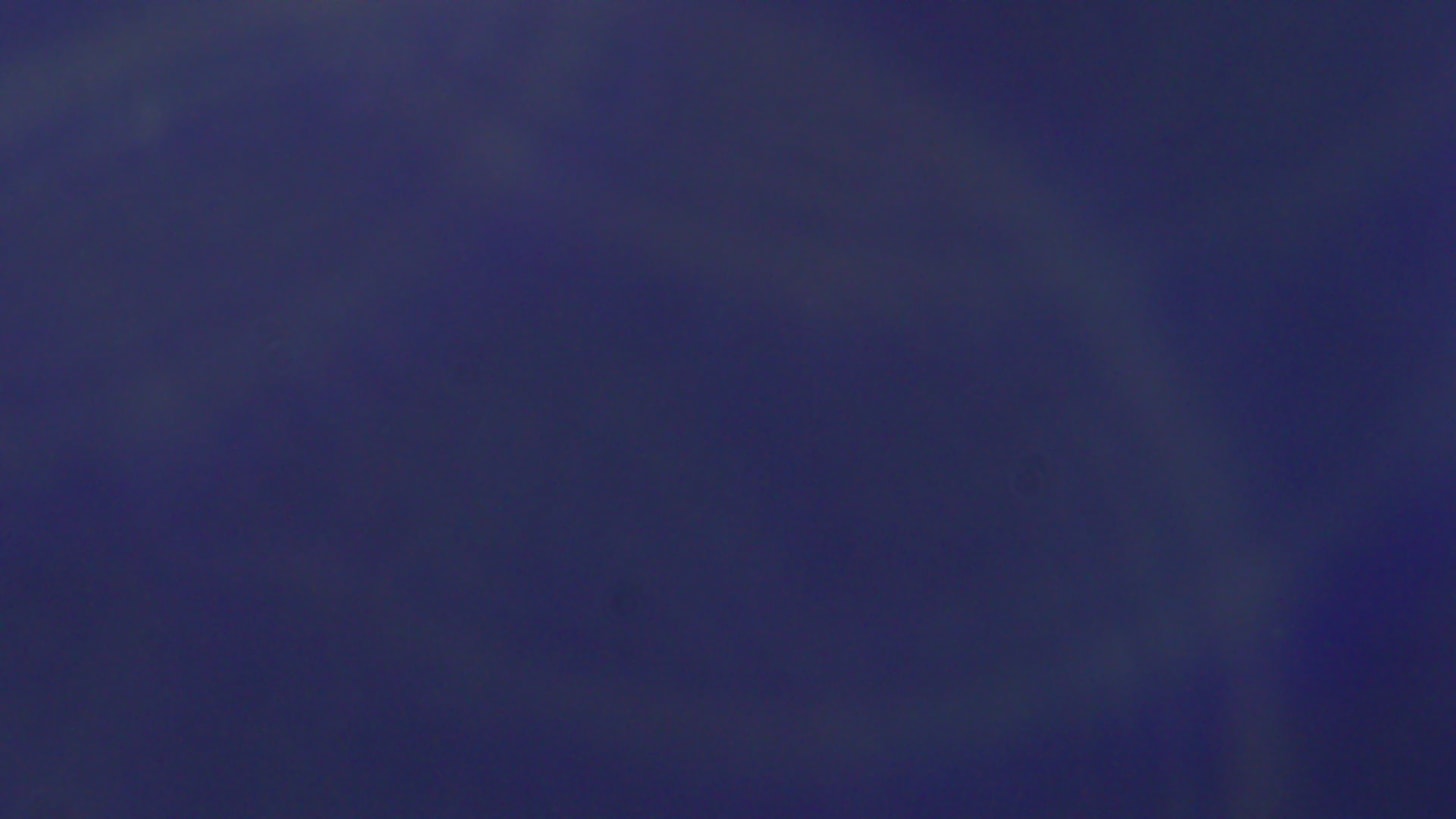
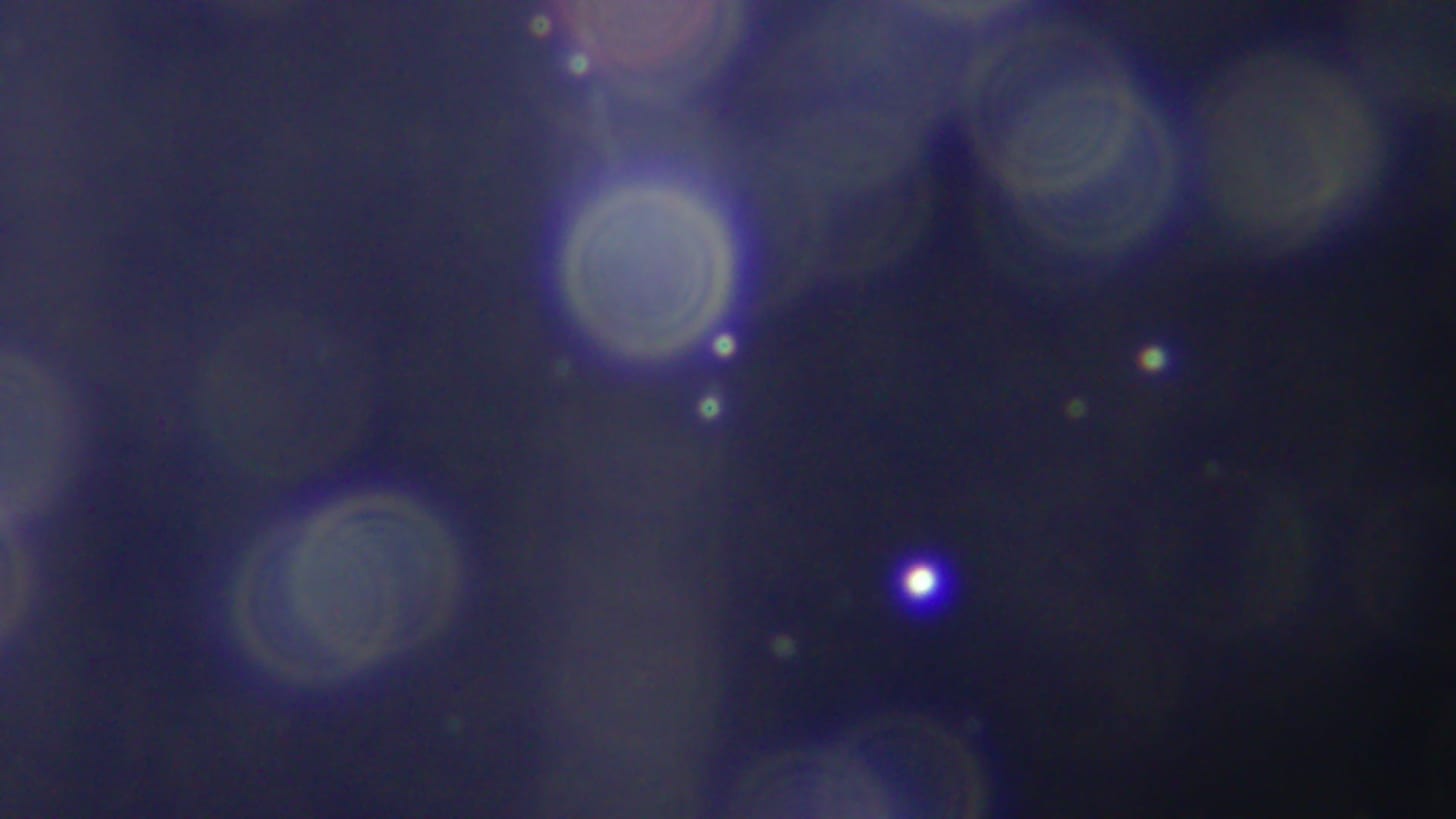
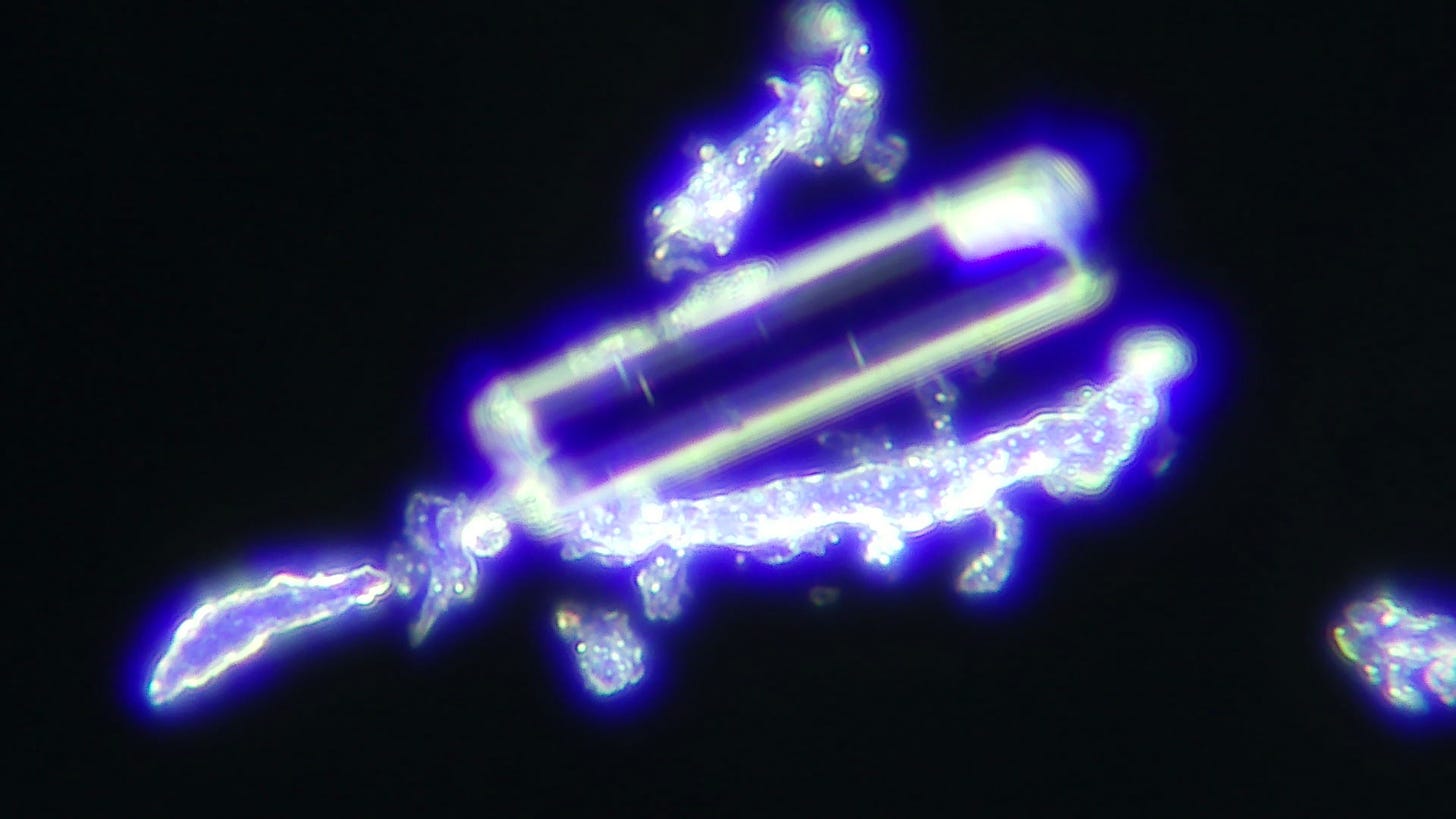
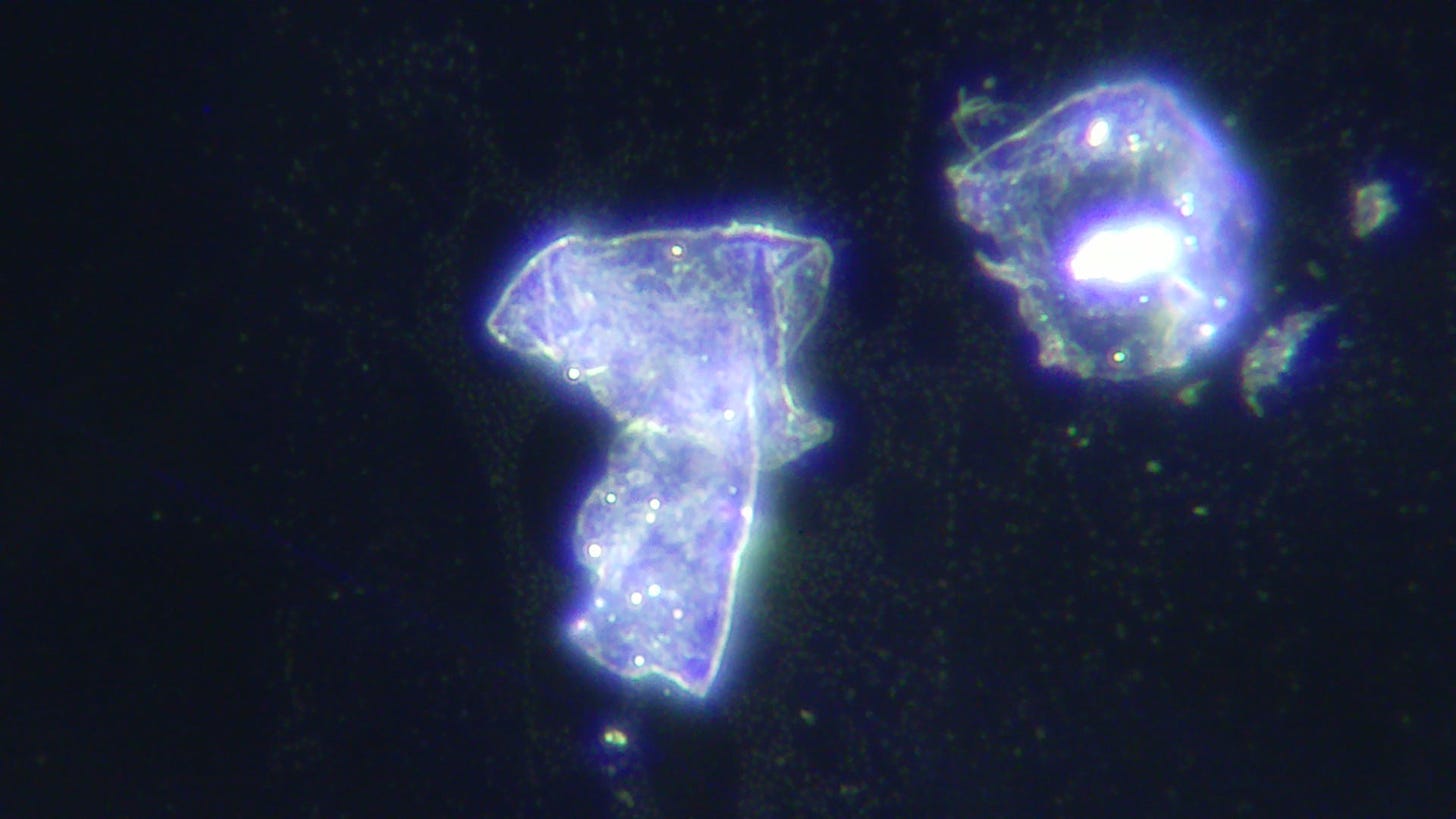
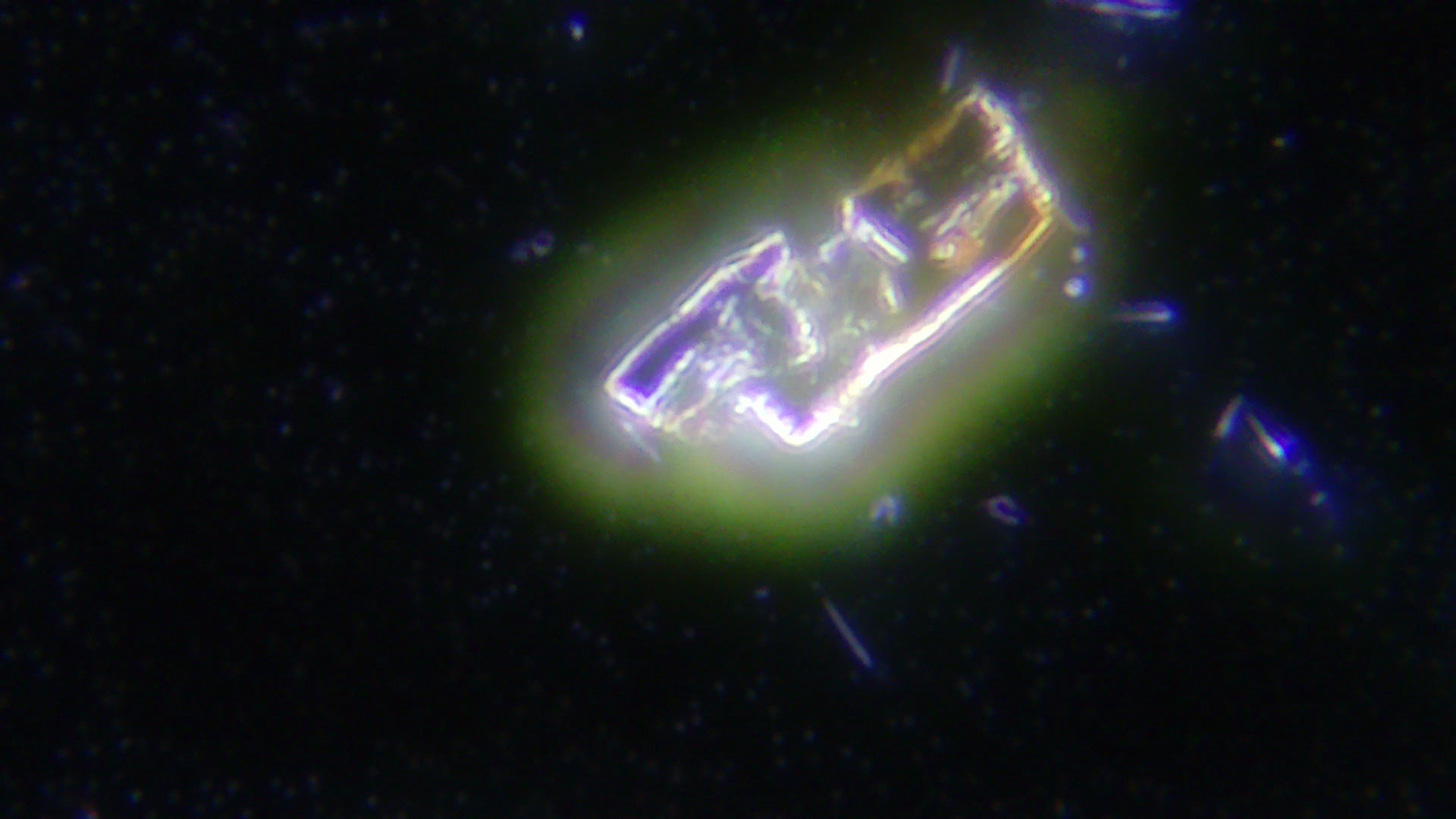
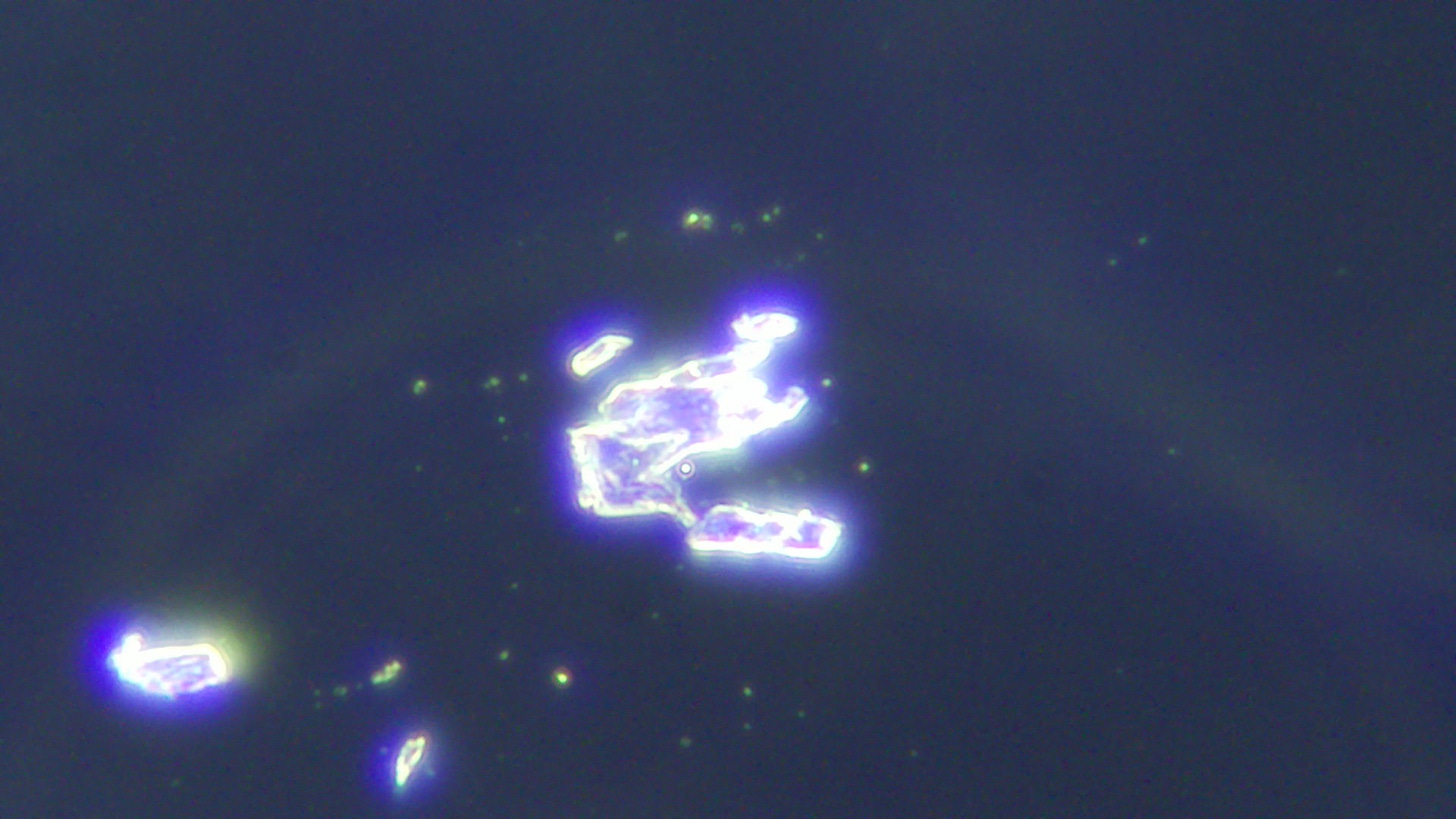
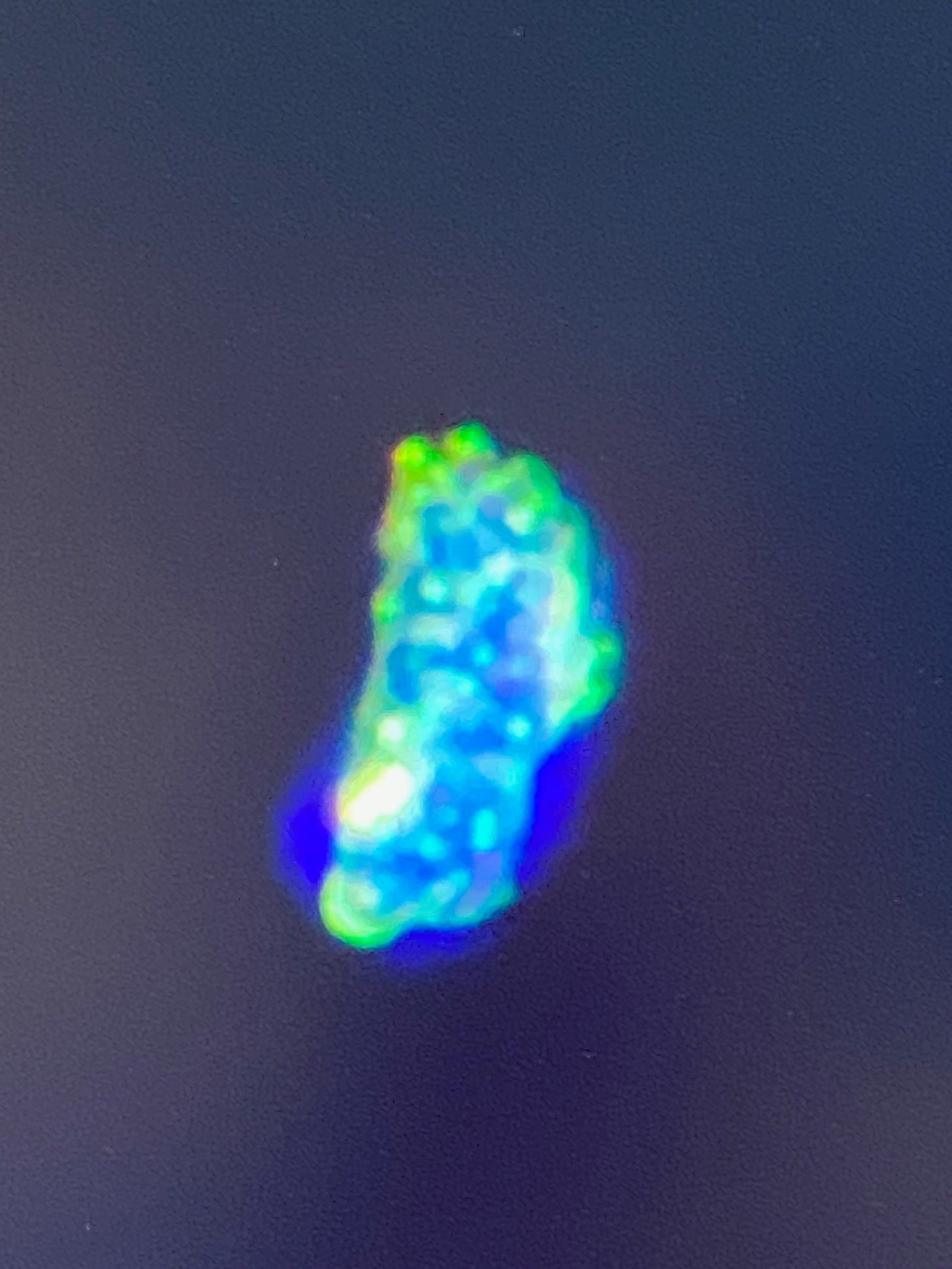
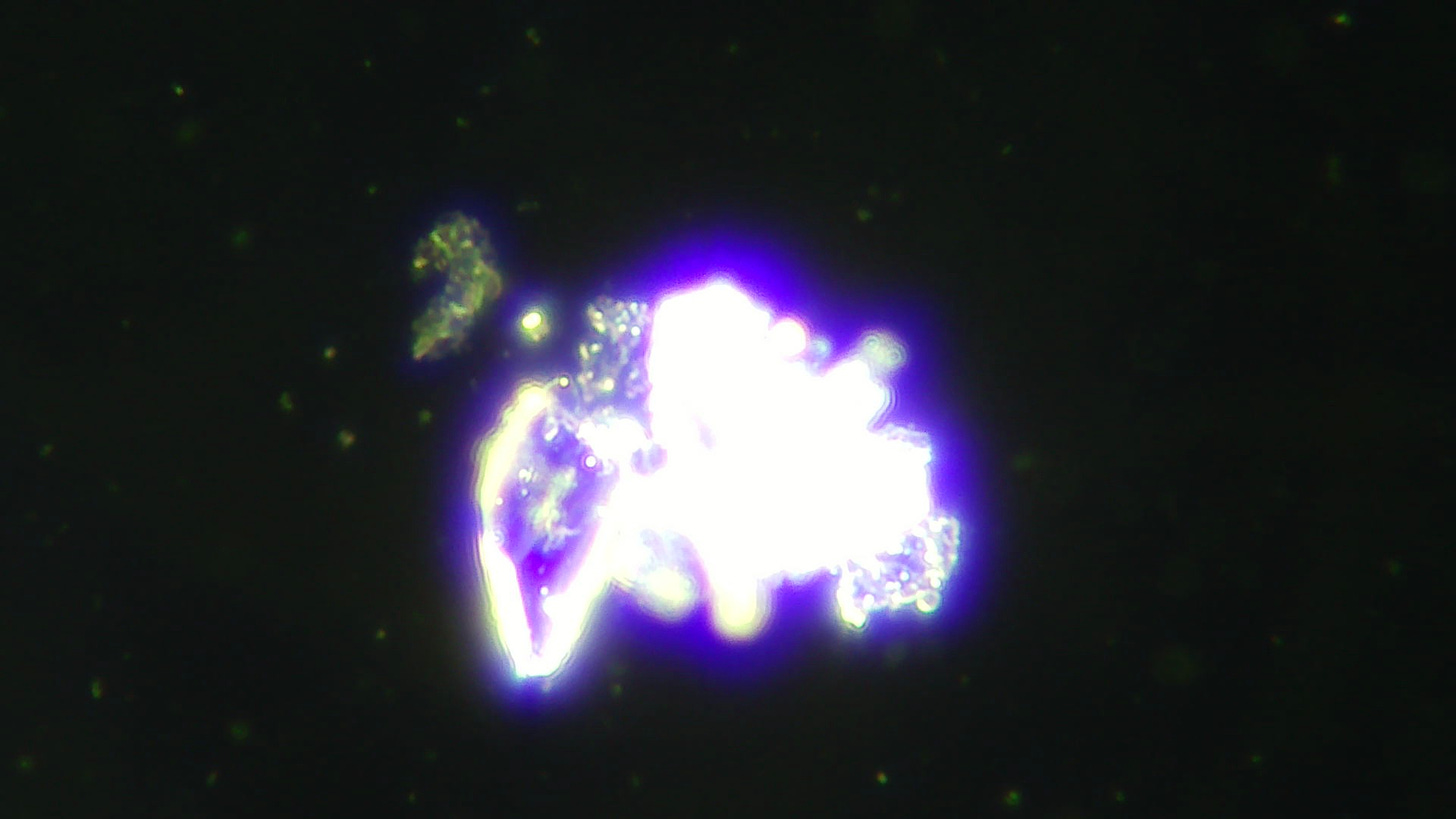
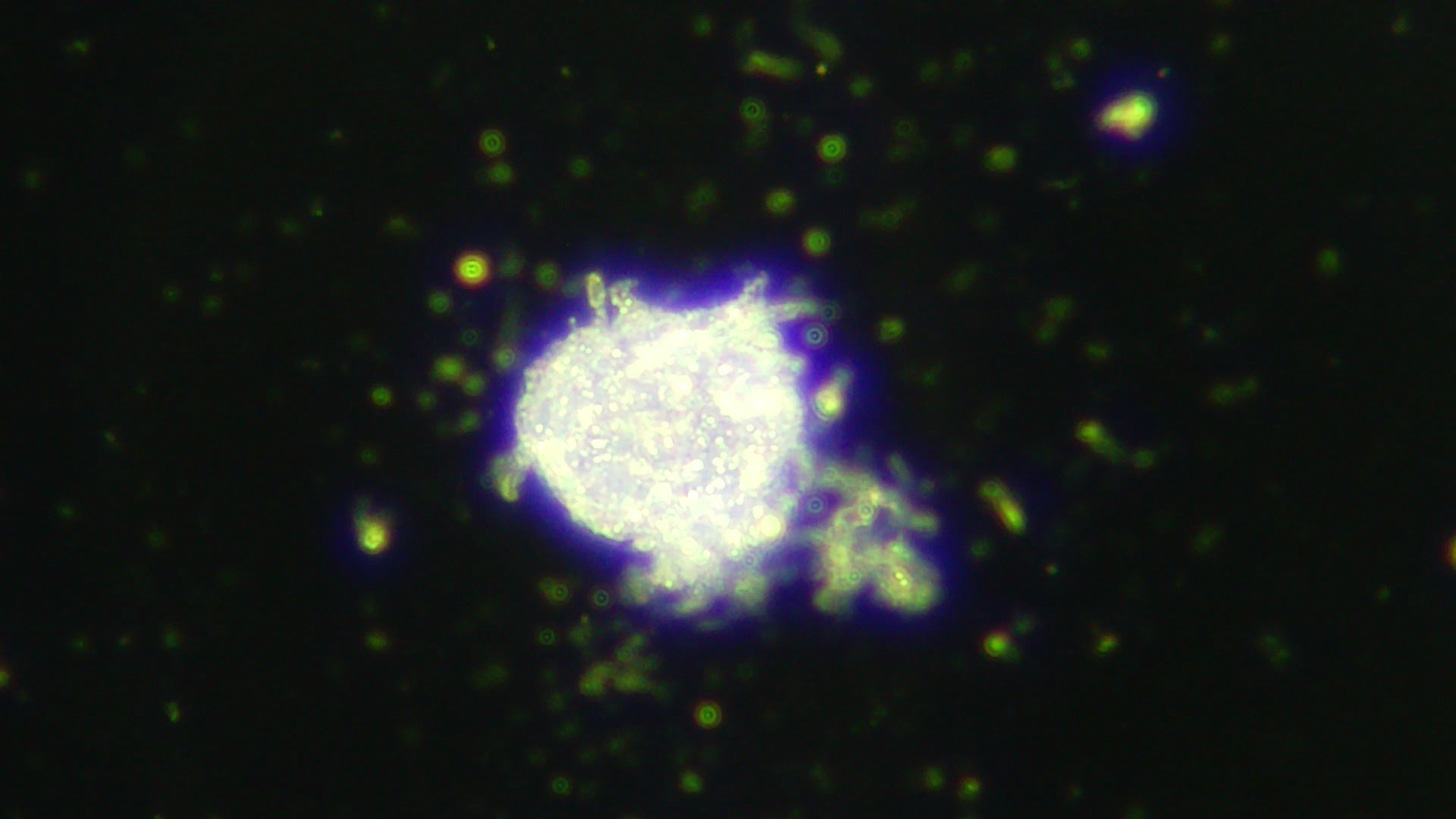
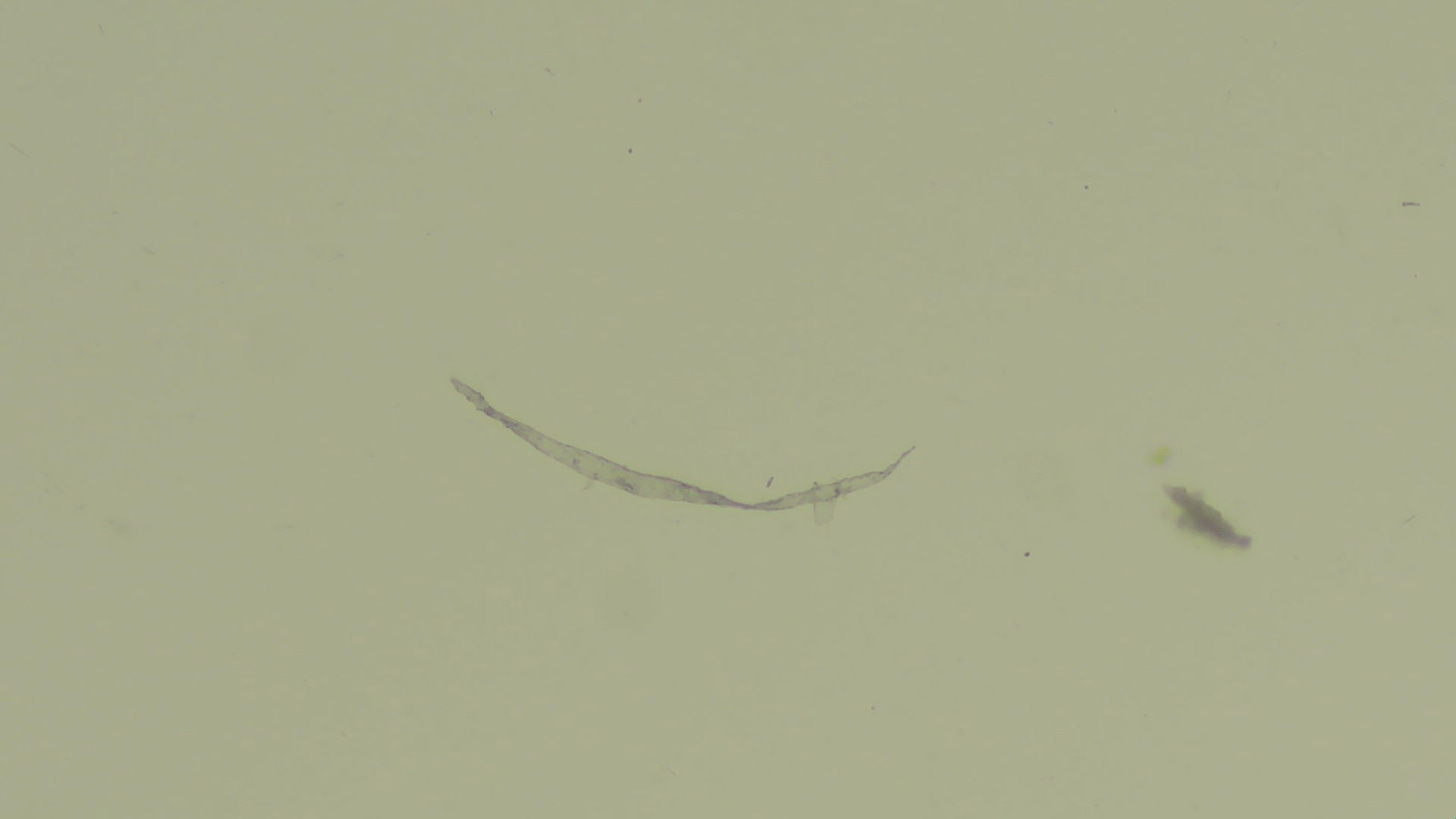
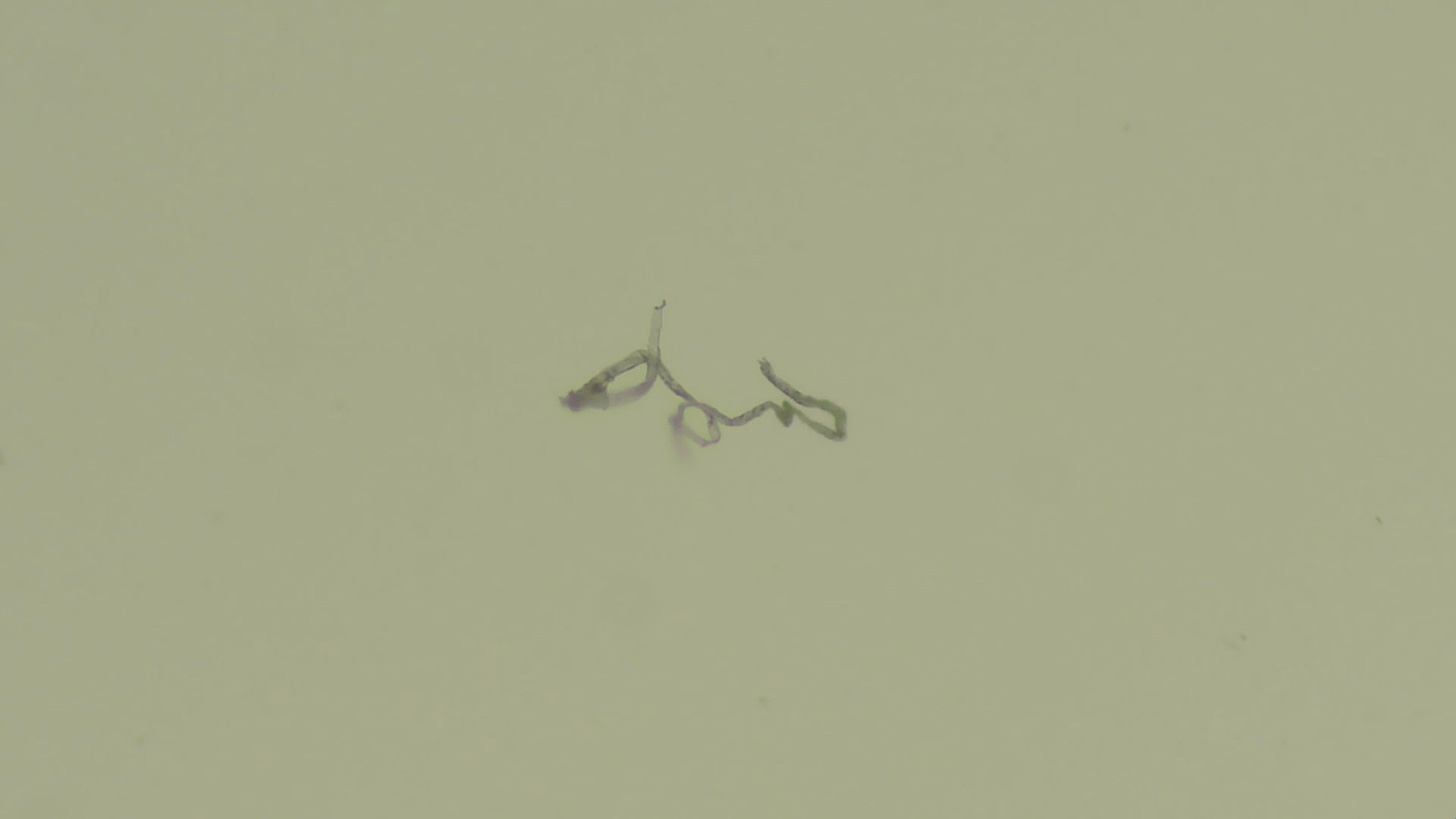
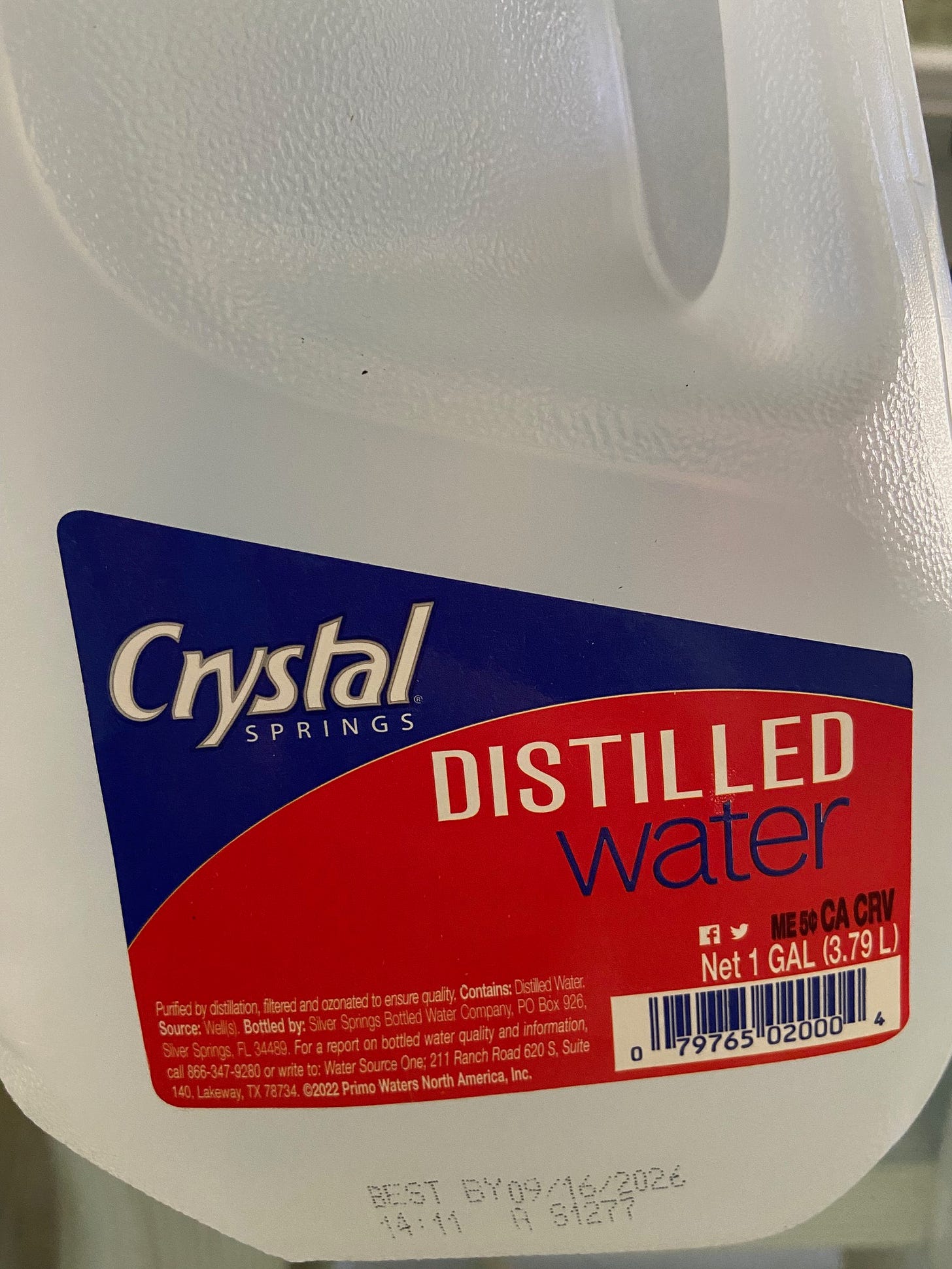
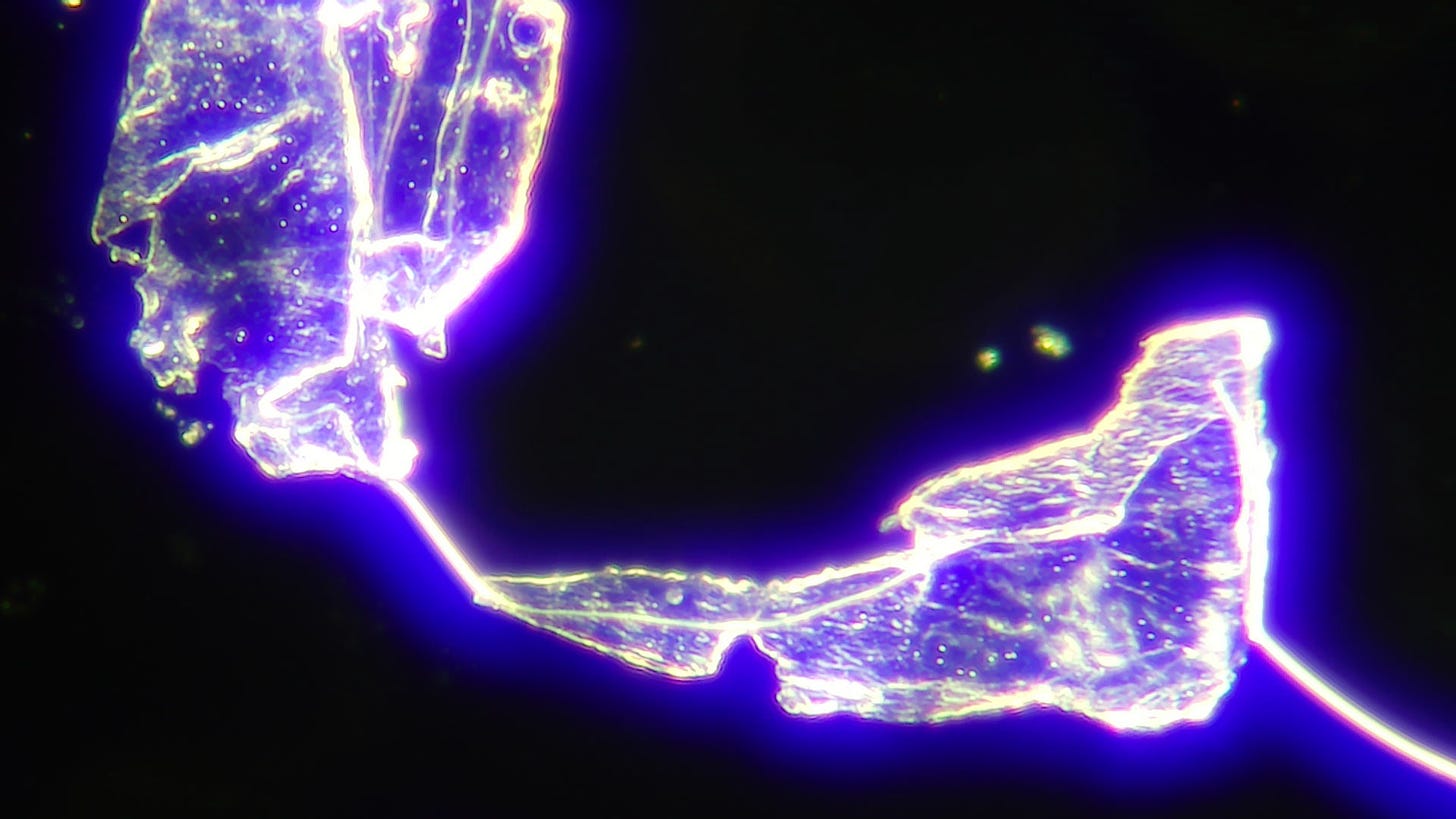
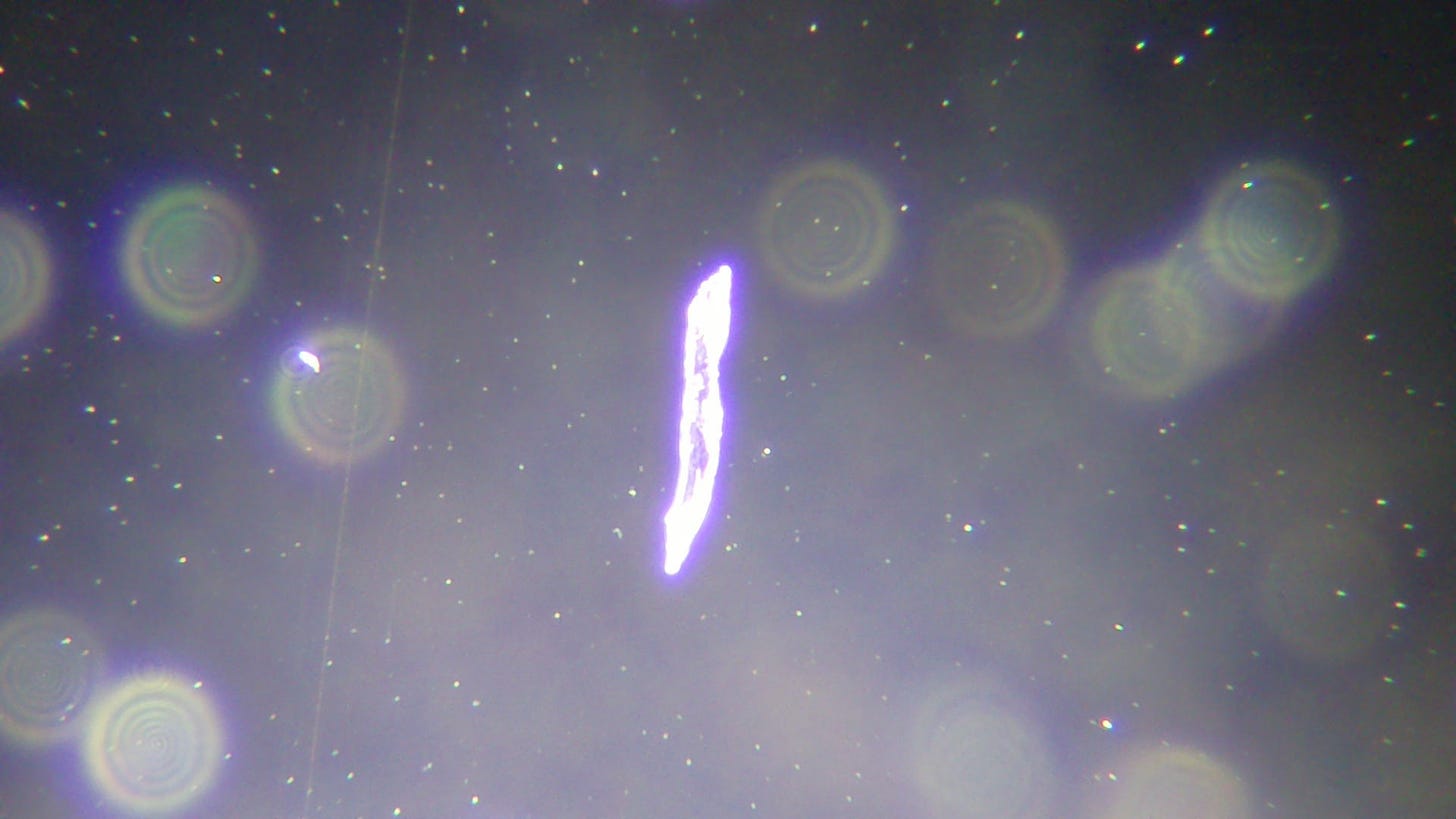

No comments:
Post a Comment